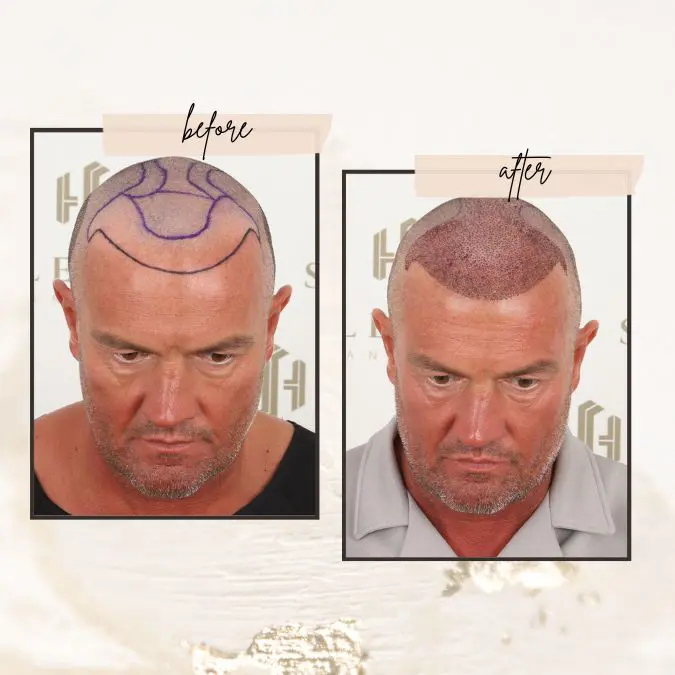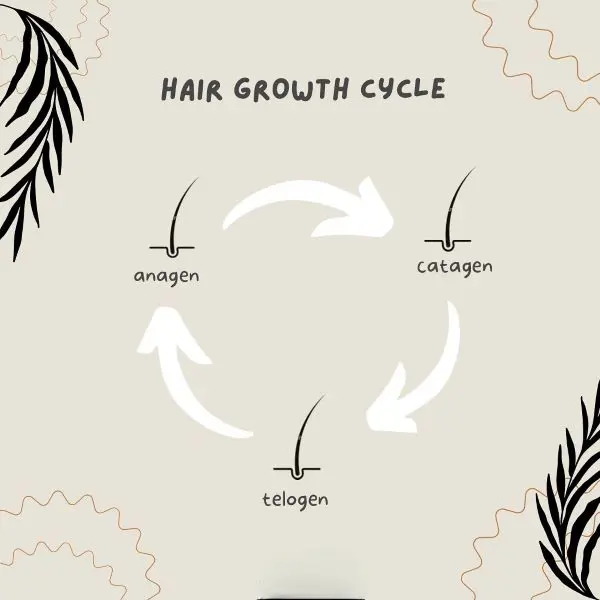Do you notice loss of hair or bald patches when you face the mirror? If so, a hair transplant might be a viable option. Hair transplantation is a method involving surgery to uproot hair from one site to another and this is normally useful in restoring hair loss appearance by filling up bald areas.
While many people choose this treatment, questions about its safety and effectiveness still arise. But what does 'safety' truly mean in this context? Scroll down to find out just how safe a hair transplant really is.
Benefits Of Hair Transplant
The benefits of hair transplants are beyond simply restoring hair. It can have a positive impact on confidence and appearance. Here are some key advantages:
1. Revitalized Look

The hair transplant restores your former golden days of flaunting off your head with thick hair. It unimpeachably enhances your attractiveness and rebuilds your confidence.
You get a head full of natural hair which makes you feel confident about yourself.
2. Permanent Solution
Hair transplant procedures mean that people don’t have to use short-lived methods like wigs or headscarves anymore. Therefore, hair restoration doesn’t need regular adjusting or checks once it's done.
Additionally, transplanted hair is typically resistant to the hormones responsible for hair loss, allowing for continuous growth and natural looking results.
3. Minimal Maintenance

Once the transplant is complete, the new hair begins to grow and doesn’t require special care. It integrates seamlessly into your existing hair care routine, and there’s no need for frequent doctor visits.
As a result, daily grooming becomes easier and the long-term costs of hair care products for covering or treating hair loss are reduced.
4. Cheaper In The Long Run
Do you find yourself asking how much does a hair transplant cost? While in the beginning it seems to have considerable investment but in the long run, it is cost effective.
In contrast, temporary solutions, such as toupee, postiche, or ongoing medication, often involve recurring expenses. As hair transplant provides a permanent solution, it alleviates the continuous spending on alternative treatments.
5. Promotes Natural Hair Regrowth
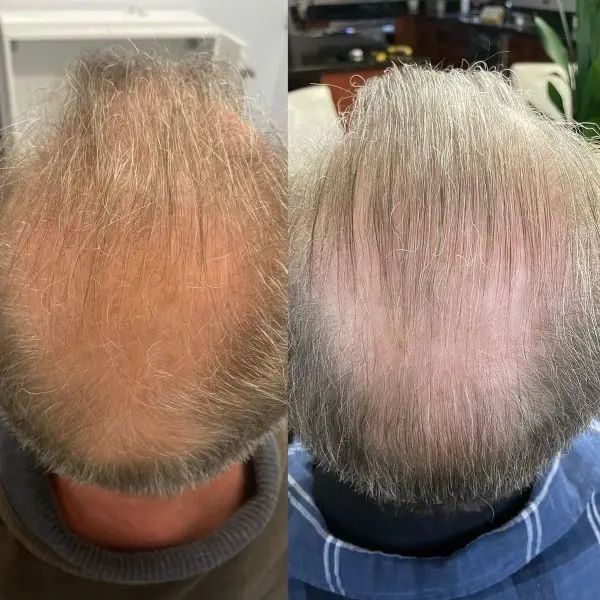
Undergoing hair transplant surgery means effectively distributing hair naturally to a person who has hair loss. In other words, this procedure involves taking grafts from an individual having neat hair and transferring it to areas where insufficient hair growth or thinning has occurred.
Conclusively, with the various hair transplant techniques available, individuals that are affected by hair loss can look forward to regaining their full head of hair in a natural and non-escapist way.
6. Free From Allergy Concern
If you’re dubious about whether or not hair restoration and hair transplant are the same, they’re not. Hair transplant falls under hair restoration. So, when people use chemical based hair restoration processes they endure some allergic reactions.
However, hair transplant is done with YOUR own hair so, they don’t have allergic reactions or rejection of transplanted hair.
7. Boosts Self Confidence
Hair thinning can be challenging for many, particularly when it affects beauty and self-esteem. Thankfully, hair transplants offer a solution to restore lost or thinning hair. This can significantly boost confidence across all areas of life.
With a renewed sense of self-assurance, individuals can engage in social activities, professional endeavors, and personal relationships with greater ease.
Hair Transplant Process
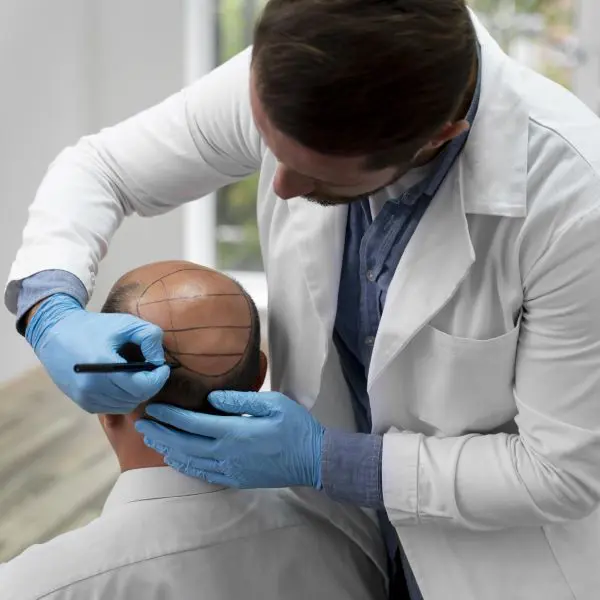
Being a surgical procedure that moves healthy hair follicles to a thinning area, hair transplant offers natural-looking results. Thus, to obtain this result it's crucial to follow the hair transplant process that is mentioned below:
Follicular Unit Transplantation (FUT)
The following steps are taken by the surgeon to carry out a FUT operation:
1. In this method, the surgeon usually uses the scalp from the back of your head where the strip size is typically about 6 to 10 inches long. After that, they close the area where the scalp was removed with stitches.
2. Next, the surgeon and their assistants separate the scalp strip into smaller pieces with a scalpel where they may split the piece into smaller fragments, called grafts.
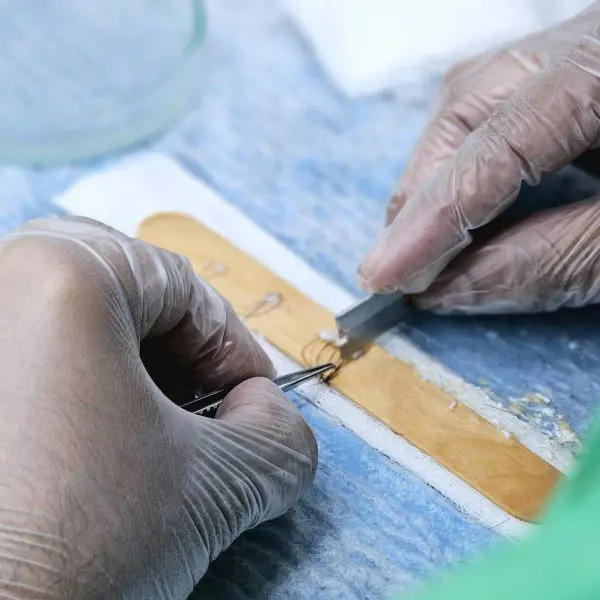
3. Then, using a needle or blade, the surgeon makes small holes in your head where hair will be transplanted.
4. Following this, the surgeon inserts hairs from the removed piece of scalp into the pricked area. And this step is called grafting.
5. Finally, they cover the surgical sites with bandages or gauze.
Follicular Unit Extraction (FUE)
To follow FUE methods, the surgeon should perform these steps:
1. In the FUE method, they shave off hair on the back of your head.
2. Then, the surgeon takes individual follicles out of the scalp skin. You’ll see little scars in the area from where follicles were removed.
3. Subsequently, they follow the same procedure as FUT, from making the holes, and grafting to covering the surgical area with bandages or gauze.
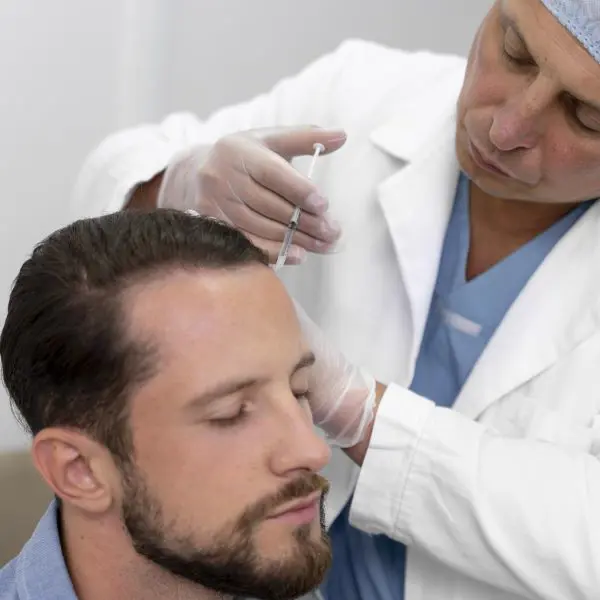
Recovery After A Hair Transplant
Hair transplanting is a blessing for those who experience hair loss. If you're considering holding the blessing but wondering how long the hair transplant recovery time is. Then, know that the healing process differs to each individual.
Immediately after the transplant, patients usually face discomfort, swelling, and redness in the treated area. There are normal reactions and typically subside within a few days. During this period, it’s necessary to avoid touching or scratching the scalp to prevent deporting the newly transplanted follicles.
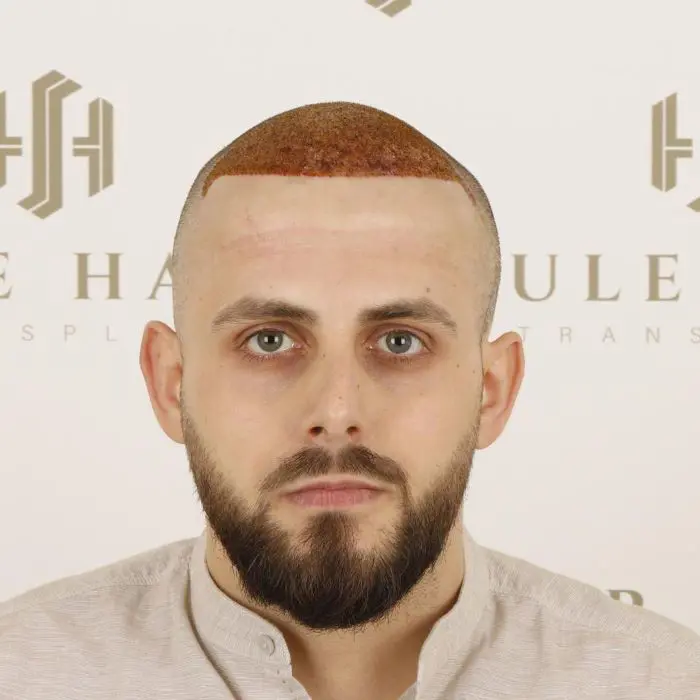
After the procedure, your surgeon may instruct you to wash off the scalp gently, avoid exhausting physical activities, and take prescribed medications to reduce inflammation and prevent infection. For a few days, patients are advised to sleep with their head raised to reduce swelling.
After surgery, it typically takes about 2-3 weeks for the newly implanted hairs to begin shedding. Patients need not worry, as this hair loss is a normal part of the natural hair growth cycle.
Ideally, new hair growth begins within 3-4 months following a successful hair grafting session. However, the best results are usually visible around 9-12 months, as the hair continues to grow.
Post-Surgery Care Tips
To create an effective hair transplant growth timeline, it’s important to take post-surgery care. Apart from the basics, there are additional steps you should take to protect your scalp and support optimal healing.
Keep Away From Direct Sun Exposure

When you are done with a transplant, it’s necessary to keep your scalp out of direct sunlight. Therefore, sunlight can irritate the delicate, healing skin and may prolong recovery.
Instead, try to limit sun exposure in the early days and wear a soft, lightweight head covering when going outside.
Skip Alcohol and Smoking
After a hair transplant, it is necessary to avoid addictions like drinking or smoking, if you have one. It is recommended that you refuse to drink alcohol for at least one week after surgery. Moreover, try to avoid the consumption of cigarettes for as long as you can, a couple of weeks or more.
Avoid Wearing Tight Hats or Helmets

It is okay to wear a loose, soft hat outdoors but you have to avoid tight hats or helmets for at least two weeks. If you put pressure on the scalp, it could cause discomfort while also disturbing the grafts. So, ask your surgeon when you can resume using hats and helmets.
Use Lukewarm Water for Washing
If you’re told to wash your hair, make sure to use lukewarm water whereas avoid applying direct pressure to the scalp. If you want an optimal result, use a wild, sulfate-free shampoo because it will help in healing skin irritation.
Take Any Prescribed Medications as Instructed
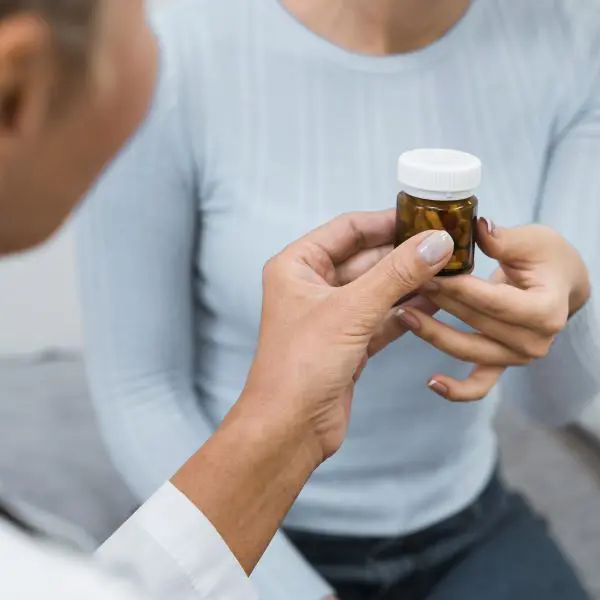
According to your condition, a surgeon may prescribe medication whether it is a pain medication, antibiotics, or anti-inflammatories. Follow the instructions and dosage without skipping any medications.
Schedule Follow-Up Appointments
If you have any concerns about your transplant, address them during your regular follow-up appointments. Hence, schedule these appointments on a timely basis to assess the progress of your hair growth.
Takeaway
People are usually judged by their looks, so people feel curious to bring a change in their look; just like doing hair transplants. Yeah, it is true that they change your entire look but you should never forget that every positive change may also come with some potential downsides.
So, here we will mention some of the hair transplant side effects.
Short-Term Side Effects
Numbness: It is natural to feel numb in the area of the transplant because during the procedure it causes nerve disruption.

Swelling: Swelling is a common side effect of hair transplant surgery.It typically affects the scalp and forehead and can sometimes occur around the eyes.
Pain and Discomfort: Both the donor and recipient areas will likely experience some mild pain and discomfort for a few days to a week.
Bleeding: When the surgeon makes the punctures to proceed further, there you can see minor bleeding for some hours after surgery.
Scabbing: You may feel small scabs around your transplanted hair follicles. This happens only if you experience postoperative bleeding.
Redness: Since transplant surgery causes inflammation, you may see some redness in the recipient area.
Long-Term Side Effects
Uneven Growth: You will never know the hair transplant timeline. Thus, the rate of hair growth differs which leads to an uneven look. However, this is only temporary because after six to twelve months, the ratio seems normal.
Allergic Reactions: Out of a hundred, only some people get an allergic reaction. Patients may be allergic to the local anesthetic used during the procedure or medication prescribed for the recovery period.
Infection: When you don’t take care of your hygiene, there is a probability of getting skin infections. People with pre-existing medical conditions may have a higher risk of getting an infection than others.
Donor Area Thinning: Over-harvesting of hair follicles can lead to visible thinning in the donor area. This fully depends on how many follicles are extracted from a concentrated area.


